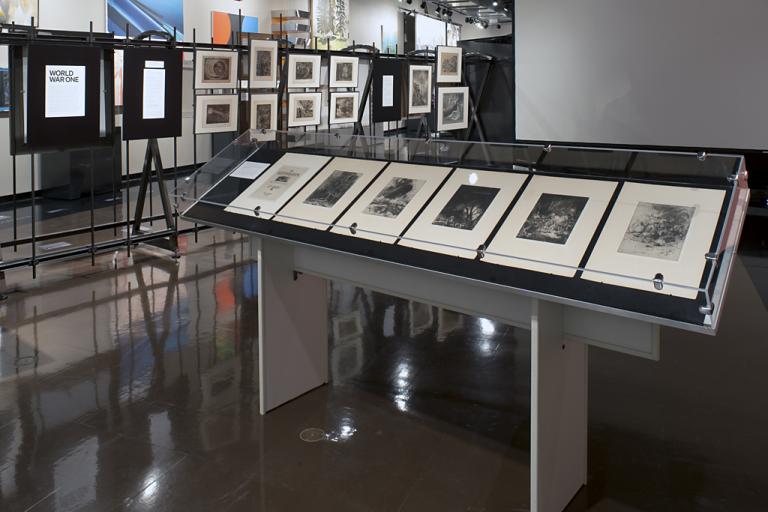Friedrichstrasse, George Grosz
Artwork Overview
George Grosz, artist
1893–1959
Friedrichstrasse,
1918
Where object was made: Germany
Material/technique: photolithograph
Dimensions:
Image Dimensions Height/Width (Height x Width): 475 x 315 mm
Image Dimensions Height/Width (Height x Width): 18 11/16 x 12 3/8 in
Sheet/Paper Dimensions (Height x Width): 665 x 533 mm
Sheet/Paper Dimensions (Height x Width): 26 3/16 x 21 in
Mat Dimensions (Height x Width): 32 x 24 in
Image Dimensions Height/Width (Height x Width): 475 x 315 mm
Image Dimensions Height/Width (Height x Width): 18 11/16 x 12 3/8 in
Sheet/Paper Dimensions (Height x Width): 665 x 533 mm
Sheet/Paper Dimensions (Height x Width): 26 3/16 x 21 in
Mat Dimensions (Height x Width): 32 x 24 in
Credit line: Museum purchase: Letha Churchill Walker Fund
Accession number: 2007.0113
Not on display
If you wish to reproduce this image, please submit an image request







